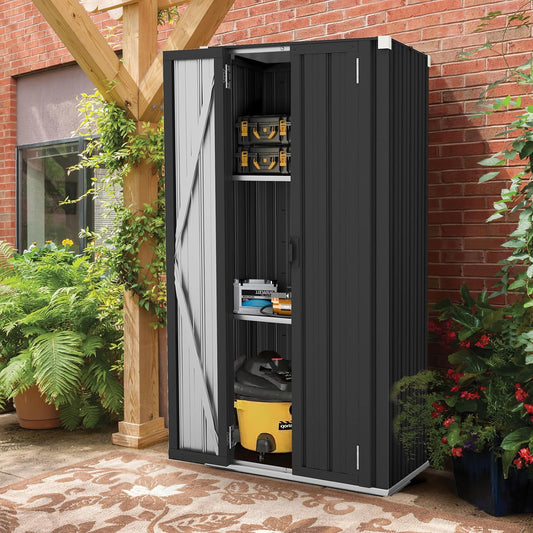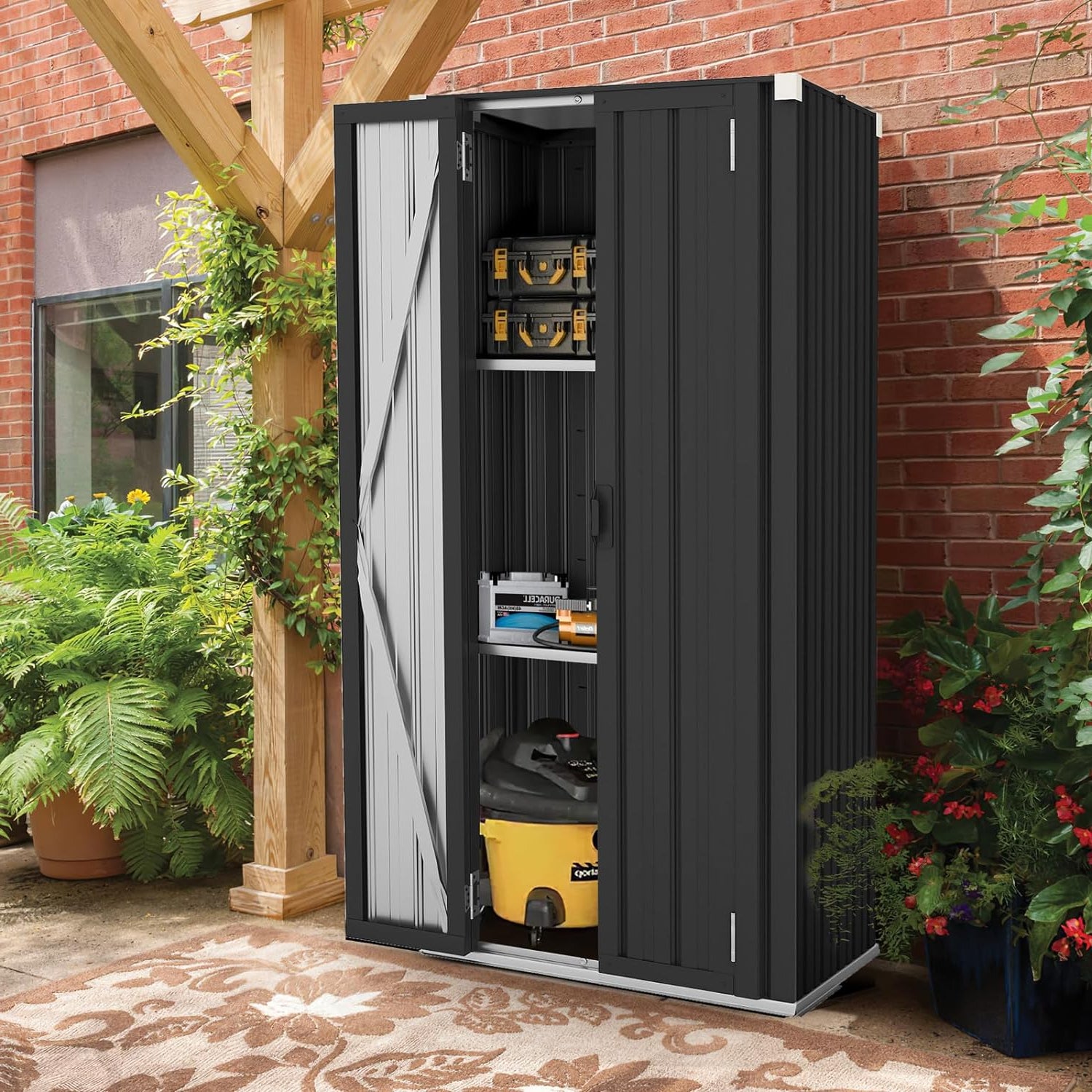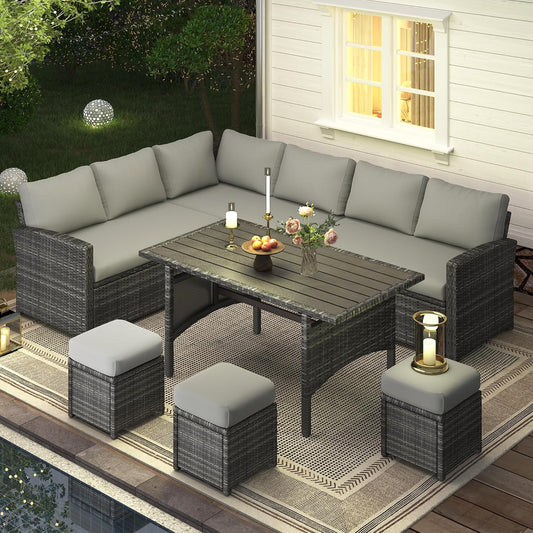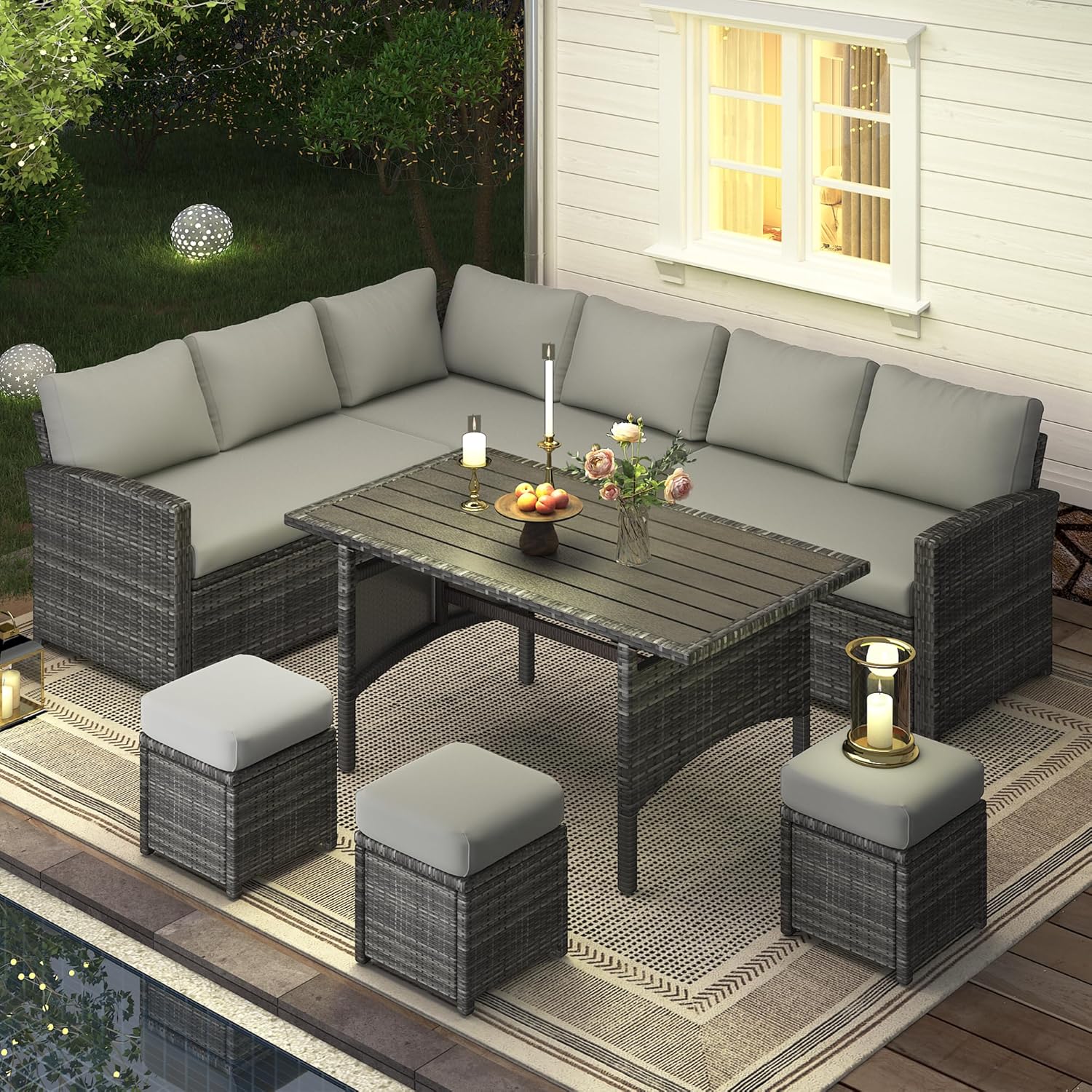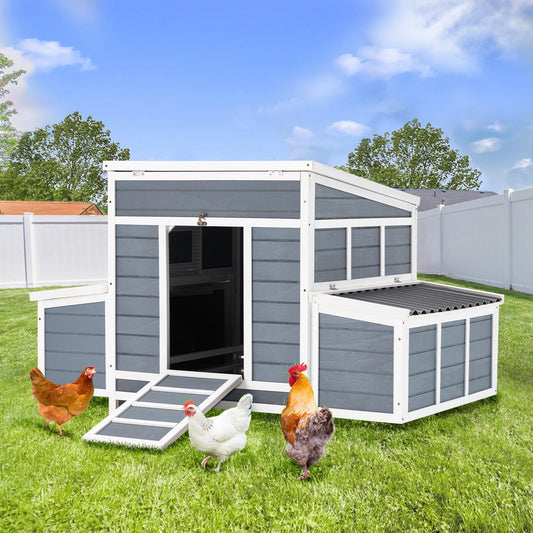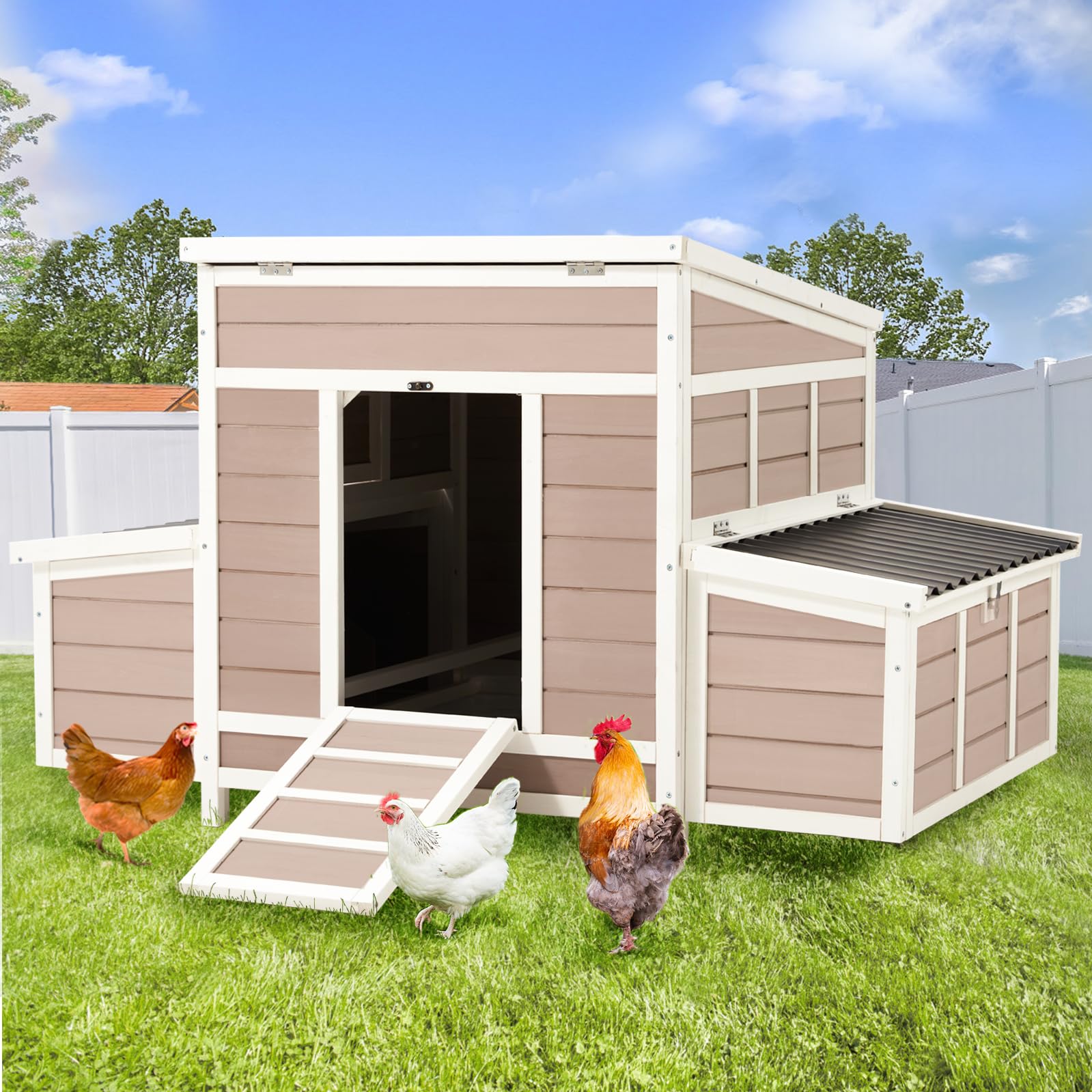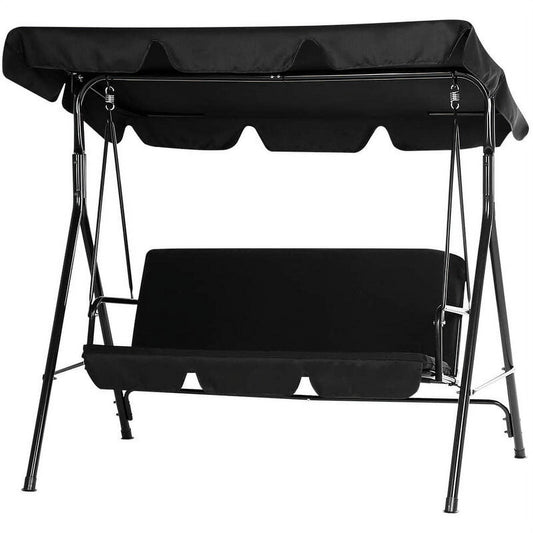When you invest in a hard top gazebo, it’s easy to focus on the fun parts — planning weekend barbecues, setting up cozy outdoor seating, or hanging string lights for evening gatherings — and treat anchoring as a “later” task. But this small oversight can lead to major problems down the line.
So, do hard top gazebos need to be anchored? The answer is a firm yes.
Anchoring isn’t just an optional add-on; it’s a crucial step to protect your safety, property, and investment. Unlike lightweight fabric gazebos, hard top models feature solid metal frames and rigid roofs that catch wind easily. Even moderate gusts can shift their base, misalign panels, or, in severe cases, lift the entire structure off the ground.
Properly anchoring your gazebo ensures long-term stability and helps prevent costly damage. This guide will break down exactly why anchoring is non-negotiable, the risks of skipping it, and the best ways to secure a hard top gazebo on different surfaces — from concrete patios to grassy yards. By the end, you’ll know how to enjoy your outdoor space safely and confidently, no matter the weather.
What Happens If You Don’t Anchor a Hard Top Gazebo
Skipping gazebo anchors might not seem like a big deal on a calm, sunny day, but the first gust of wind can quickly prove otherwise. Even mild weather exposes the weaknesses of an unanchored setup, while storms can turn it into a serious safety hazard.
1. Tilting, Shifting, and Misalignment
The first warning signs often appear gradually — a slight tilt or shift in the frame. Without anchors holding the base steady, wind pressure against the hard top can make the gazebo slide across smooth concrete or sink unevenly into soft grass. These small movements misalign the frame and create gaps between roof panels, allowing rain to seep in and placing unnecessary stress on joints. Over time, this weakens the structure, leading to cracks, leaks, and instability.
2. Risk of Collapse or Wind Lift
In open areas or coastal regions where winds pick up speed, the problem escalates dramatically. A hard top gazebo weighs hundreds of pounds, and once wind gets underneath the roof, it can lift or topple the entire structure. This can damage patio furniture, dent home siding, or even injure people nearby. Outdoor structure specialists frequently cite unanchored gazebos as one of the leading causes of backyard property damage during storms — with reports of gazebos being blown into fences, vehicles, or neighboring yards.
3. Voided Warranty and Financial Loss
The financial consequences are just as serious. Most hard top gazebo manufacturers require proper anchoring as part of their warranty conditions. If your gazebo is damaged because it wasn’t anchored, the warranty becomes void — leaving you to cover all repair or replacement costs out of pocket.
Imagine returning home after a summer thunderstorm to find your unanchored gazebo’s roof panels cracked and the frame bent — only to discover the warranty won’t cover it. That kind of frustration is easily avoided with a few inexpensive gazebo anchors or concrete bolts installed upfront.
✅ Key Takeaway:
An unanchored hard top gazebo isn’t just unstable — it’s unsafe, unprotected, and uninsured. Anchoring might take only an hour, but it can prevent years of potential headaches and unexpected expenses.

Benefits of Properly Anchoring Your Gazebo
Anchoring your hard top gazebo isn’t just about preventing accidents—it’s about improving the overall safety, durability, and performance of your outdoor space. A securely anchored structure stands strong through every season, providing you with comfort and peace of mind for years.
1. Safety for People and Property
The most immediate benefit of anchoring is protection. A properly anchored gazebo stays firmly in place even during strong winds, preventing it from tipping over or shifting. That means no risk of it falling onto kids playing nearby, hitting your home’s siding, or damaging patio furniture, plants, or fences. This stability translates to peace of mind—when storms roll in, you won’t have to rush outside to secure loose parts or worry about potential damage.
2. Longer Lifespan and Better Structural Integrity
Anchoring also plays a key role in preserving your gazebo’s structure. Without anchors, wind can push and pull at the base, bending the frame and loosening joints over time. This constant movement leads to cracks, leaks, and misalignment that shorten your gazebo’s lifespan. Anchors keep the base steady, ensuring the frame remains straight, panels stay sealed, and joints hold firm—reducing wear and tear and saving you from costly replacements down the line.
3. Year-Round Performance and Stability
A well-anchored gazebo doesn’t just survive bad weather—it performs better in everyday conditions. Screens and curtains stay in place, roof panels don’t rattle or leak, and the entire structure remains level for a consistently comfortable outdoor experience. Whether you’re hosting a family barbecue, relaxing with a book, or dining under the stars, a secured gazebo offers reliable, low-maintenance enjoyment all year long.
🔧 How Anchoring Solves Common Gazebo Problems
| Problem (Unanchored Gazebo) | How Proper Anchoring Solves It |
|---|---|
| Frame tilting or shifting | Keeps the base firmly in place, maintaining frame alignment and preventing movement. |
| Roof panels cracking or leaking | Reduces joint stress and keeps panels tightly sealed, preventing water intrusion. |
| Blowing over in strong winds | Secures the entire structure to the ground, eliminating the risk of lifting or tipping. |
| Voided manufacturer warranty | Meets manufacturer safety requirements, keeping your warranty valid for repairs or replacements. |
How to Anchor a Hard Top Gazebo (By Surface)
Anchoring your hard top gazebo correctly depends on the surface it’s installed on—concrete, wooden deck, or grass/soil. Each method is straightforward and requires only basic tools, making it a practical DIY project for most homeowners. The goal is to ensure your gazebo remains sturdy, safe, and level in all weather conditions.
1. Concrete or Paver Surface
Start by positioning your gazebo exactly where you want it—double-check the placement since you’ll be drilling into the concrete. Use expansion bolts or corrosion-resistant concrete screws, which are built to resist rust and hold firmly under outdoor conditions.
Drill pilot holes that match your hardware’s size (follow the bolt instructions carefully to prevent cracking the concrete), then align each base plate over the holes and insert the bolts. Tighten them firmly—but not excessively—to avoid damaging the concrete. Once all bolts are secured, give the structure a gentle push to confirm it’s solidly in place.
2. Wooden Deck
For decks, it’s essential to anchor into the joists, not just the decking boards. Use a stud finder to locate joists—usually spaced 16 inches apart—and align each gazebo leg directly above one. Secure the base using heavy-duty lag screws, which offer strong, lasting support. Drill pilot holes first to prevent the wood from splitting, then drive the screws into the joists until tight.
Before beginning, confirm your deck’s load-bearing capacity—hard top gazebos can be heavy, and older or lightweight decks may need reinforcement. If uncertain, consult a local contractor to ensure safety.
3. Grass or Soil
For soft ground, you’ll need anchors that grip deep into the soil. Spiral ground anchors are a convenient option—simply twist them into the ground at least 12 inches deep (deeper for loose soil) using a wrench, then connect each gazebo leg to the anchors with bolts.
For a more permanent setup, create concrete footings: dig a 12" x 12" hole under each leg, pour in concrete, and insert an anchor bolt into the wet mix, leaving the bolt top exposed. After the concrete cures (typically 24 hours), attach your gazebo’s base plate to the bolts. If the soil is sandy, add a gravel base before pouring concrete to prevent shifting.
No matter the surface, test stability by gently pushing or pulling on the frame—it should not move at all. Tighten or reinforce as needed with extra anchors or supports.
If you’re working with a lean-to style gazebo, such as the YODOLLA 12x10 Hard Top Lean-To Gazebo, these same techniques apply. Because it’s installed against a wall, focus on firmly anchoring the free-standing legs to ensure stability and weather resistance throughout the year.

Choosing a Hard Top Gazebo That’s Easy to Anchor
Not all hard top gazebos are designed with anchoring in mind, so selecting a model that simplifies this process will save you time, effort, and frustration down the line. Look for gazebos with built-in base plates—thick, sturdy metal plates attached to the bottom of each frame leg—these plates provide a solid, flat surface to attach gazebo anchors, eliminating the need to rig up a makeshift mounting system. Even better, choose models with pre-drilled anchor holes in the base plates: these holes are perfectly sized for common anchor types (like concrete screws or lag bolts), so you won’t have to measure and drill holes yourself, which reduces the risk of damaging the frame. Some brands even include basic gazebo anchors in the box, such as small concrete screws or spiral stakes, so you can start anchoring right after assembly without making an extra trip to the hardware store.
The frame material also plays a role in how easy (and effective) anchoring will be—opt for hard top gazebos with steel or thick aluminum frames, as these materials are strong and rigid enough to hold anchors securely. Thin, flimsy aluminum frames may bend when you tighten anchors, making it hard to get a firm hold, while steel frames (treated to resist rust) offer the best stability for long-term anchoring. Additionally, check the hardware included with the gazebo: look for corrosion-resistant bolts, nuts, and washers, as these won’t rust when exposed to rain or snow—rusty hardware loosens over time, undoing your anchoring work. If the gazebo doesn’t include weather-resistant hardware, buy it separately; it’s a small investment that ensures your anchors stay tight for years.
Finally, choose a brand that provides clear, detailed anchoring instructions—preferably with pictures or diagrams—that explain how to anchor a gazebo on different surfaces. Some brands even offer online videos that walk you through the process, which is especially helpful if you’re new to outdoor structure assembly. Avoid brands that only include vague instructions (like “secure to the ground”)—these leave you guessing and increase the risk of improper anchoring. A great example of an easy-to-anchor hard top gazebo is one with a steel frame, pre-drilled base plates, weather-resistant hardware, and a step-by-step guide that covers concrete, deck, and grass surfaces; with this model, you’ll have all the tools and info you need to anchor it safely in an afternoon.

Extra Tips for Long-Term Safety and Maintenance
Anchoring your hard top gazebo is the first step to long-term safety, but regular maintenance and a few extra precautions will ensure it stays secure for years. In windy areas, add weight bags to the base legs—these are heavy-duty bags you fill with sand or water, then place over the base plates; they add extra downward pressure to keep the gazebo from lifting, and they’re easy to remove if you need to move the gazebo temporarily (like for yard work). Even with weight bags, inspect your gazebo anchors seasonally—every spring and fall, check each bolt, screw, or stake to see if it’s loose; use a wrench to tighten any loose hardware, and replace any parts that show signs of rust (corroded anchors lose their hold, so don’t wait to swap them out).
During storm season, take extra steps to protect the gazebo: tie back curtains, screens, or any loose fabric, as these catch wind and pull on the frame—even a small amount of extra tension can strain the anchors. If you live in an area with extreme weather (like hurricanes, tornadoes, or frequent high winds), install lateral bracing: this is metal tubing or brackets that connect the gazebo’s legs to the ground at an angle, providing extra support against side-to-side movement. Lateral bracing is easy to install with basic tools and adds a layer of protection that standard anchors alone can’t match.
If your hard top gazebo is on grass or soil, keep an eye on the ground around the base—over time, soil can sink or erode, which misaligns the gazebo and loosens anchors. If you notice the gazebo leaning, add gravel under the base legs to level it out, and check the anchors to make sure they’re still deep in the soil. Avoid placing heavy items (like large planters or outdoor coolers) only on one side of the gazebo, as this can cause uneven weight distribution and put extra stress on the anchors—spread weight evenly to keep the base stable. By combining proper anchoring with these simple maintenance steps, you’ll keep your hard top gazebo safe and functional for years to come.
By combining proper anchoring with these simple maintenance steps, you’ll keep your hard top gazebo safe and functional for years to come. If you’re working with a wall-mounted design like the 20x12 wall-mounted gazebo from Yodolla, these tips align well with its structure—its wall attachment already adds a layer of stability, and pairing that with weight bags or seasonal anchor checks will just reinforce its long-term security, making it a reliable spot in your backyard.

Conclusion: Anchor It Once, Enjoy It for Years
By now, there’s no doubt: hard top gazebos need to be anchored. Skipping this step isn’t just a risk to your property—it’s a risk to your safety, and it can void your warranty, leaving you with unexpected costs. But anchoring isn’t a complicated or time-consuming task; with the right tools and a clear plan, you can secure your hard top gazebo in an afternoon, and the peace of mind it provides is priceless. Whether your gazebo sits on concrete, a wooden deck, or grass, there’s a simple, effective anchoring method that works for your space, and choosing a gazebo with pre-drilled holes and a strong frame makes the process even easier.
Anchoring is an investment in the life of your hard top gazebo—by keeping the frame aligned, reducing stress on joints, and protecting it from wind damage, you’ll get years of use out of it, from summer barbecues to fall bonfires. And with regular checks and small precautions (like tightening loose bolts or adding weight bags), you’ll ensure it stays secure through every season. So don’t put it off: grab your gazebo anchors, follow the steps for your surface, and start enjoying your safe, stable outdoor space.









